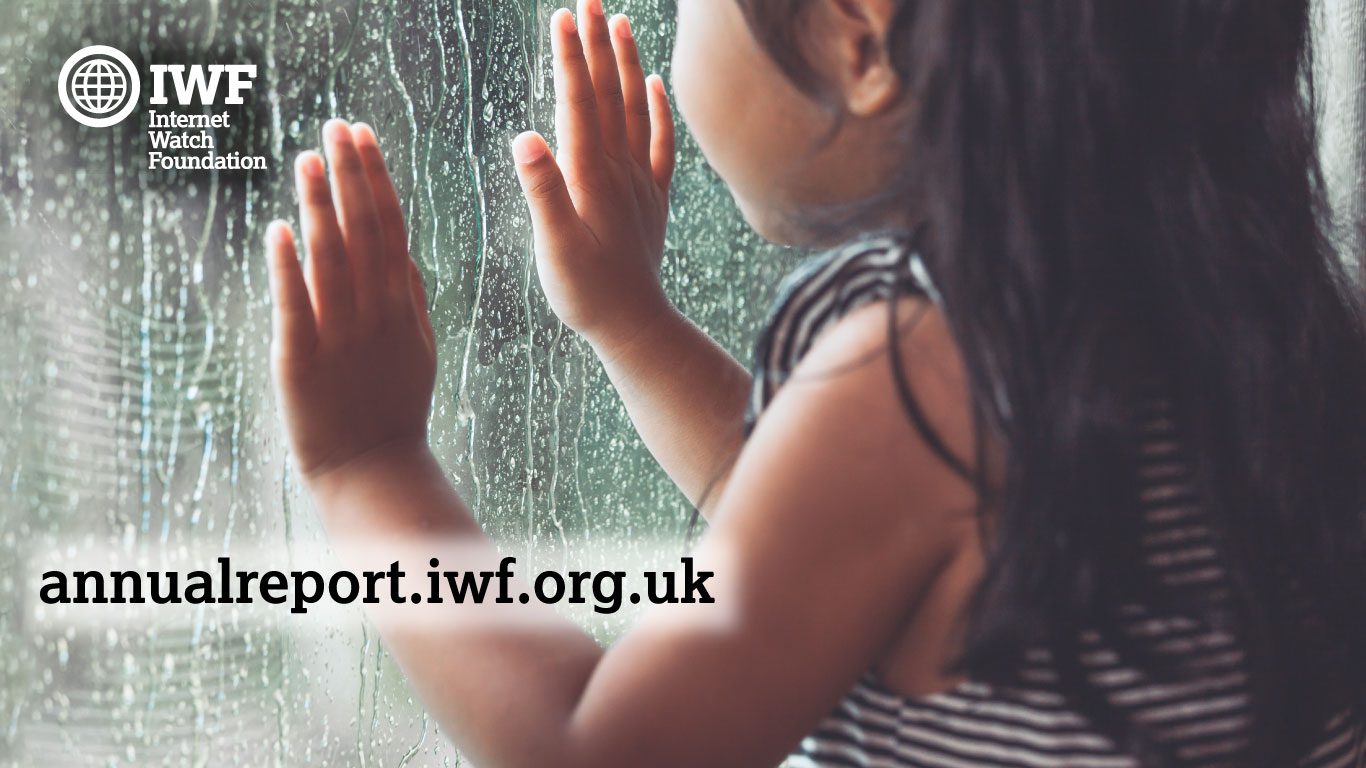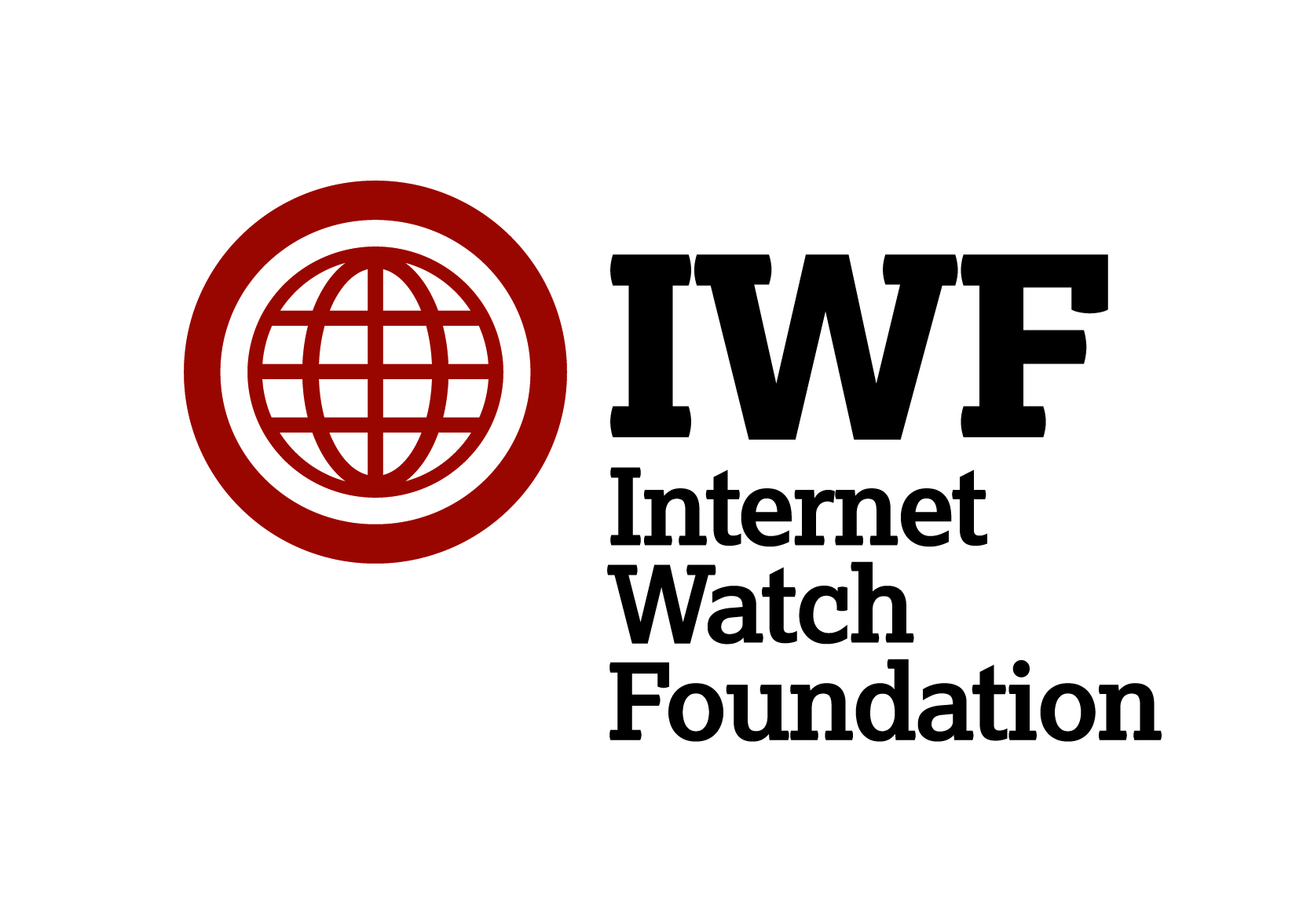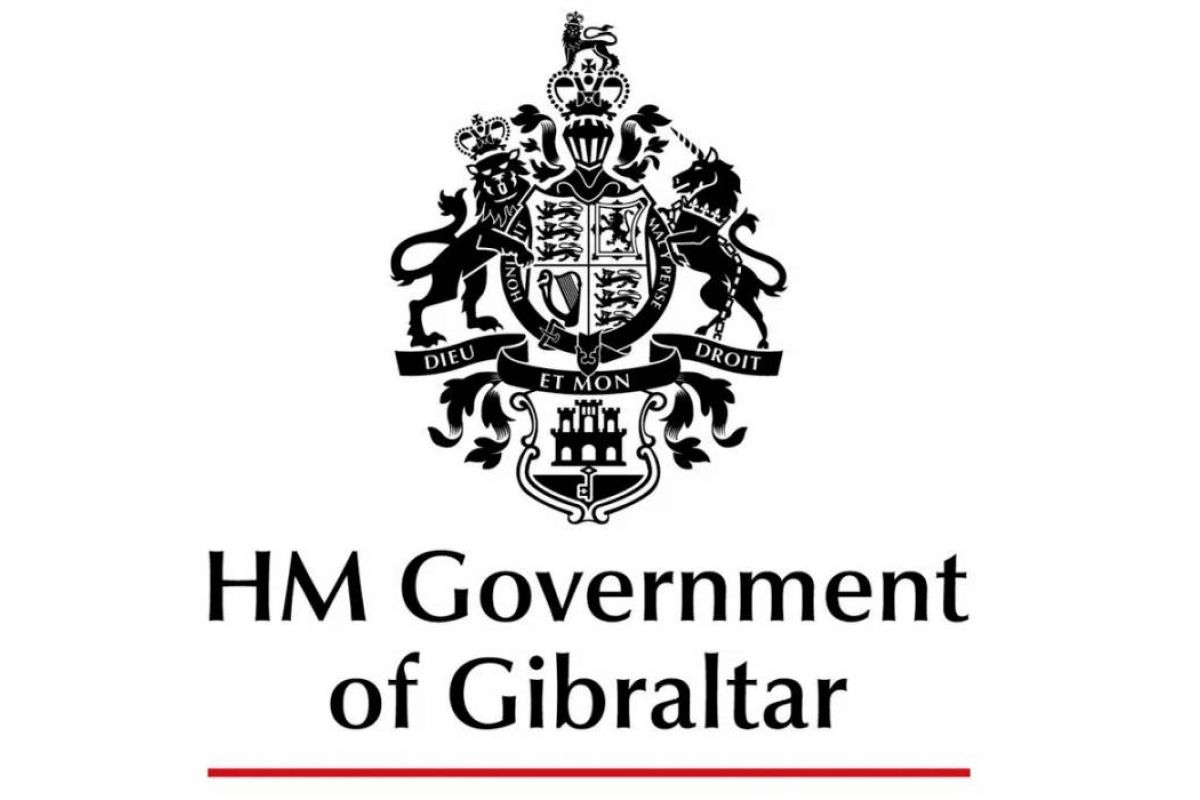Apr 18 - Internet Watch Foundation: Online Child Sexual Abuse Imagery “Up By A Third”
 Figures released today by the Internet Watch Foundation (IWF), the charity that searches for and removes online child sexual abuse imagery, show a 37% increase in child sexual abuse URLs.
Figures released today by the Internet Watch Foundation (IWF), the charity that searches for and removes online child sexual abuse imagery, show a 37% increase in child sexual abuse URLs.
The data is published in the IWF’s Annual Report (www.iwf.org.uk) which provides a yearly global measure of the number of online images and videos of children being sexually abused to government, the police and the internet industry. The eagerly awaited report also contains trends in how services are being abused by offenders to host this illegal material.
Gibraltar is member of the IWF global network of Reporting Portals, a simple web-based, safe and anonymous way for citizens everywhere (including Gibraltar) to send suspected online reports of child sexual abuse material directly to the IWF expert Analysts. They assess the reports and if applicable, have the content removed. The Gibraltar Reporting Portal is available here: https://report.iwf.org.uk/gi. There have been no reports of any child sexual abuse imagery hosted in Gibraltar or any reports received via Gibraltar’s Online Portal since its launch on the 1st of June 2016
Detective Superintendent (Des) Wayne Tunbridge of the Royal Gibraltar Police said: “The IWF has done sterling work in identifying and removing a huge number of online images and videos depicting child sexual abuse. The RGP joined the IWF’s global partnership in early 2016, with the IWF “Gibraltar Online Portal” launching on the 1st June 2016. The RGP is proud of our association with IWF and its 22 year long mission to help protect victims of this type of abuse and make the internet a safer place.
“We will continue to support their wider international efforts alongside our work with other international law enforcement partners, and equally as important, our work within the local community, and in particular our schools.”
Key figures and trends in the Annual Report include:
- Confirmed child sexual abuse URLs (2017) 78,589. This is up by 37% from 57,335 in 2016.
- Severity up. Category A content, which includes the rape and sexual torture of children, is up by 5%, from 28% of all content to 33%.
- Disguised website abuse in unprecedented increase. The IWF saw a 86% rise in use of disguised websites, from 1,572 in 2016 to 2,909 in 2017. This implicates increased intelligence among offenders, who may be going to new lengths to evade detection.
- Global hosting of child sexual abuse images:
Europe worst offender for hosting. Europe now hosts 65% of all confirmed IWF child sexual abuse imagery. This is up from 60% last year. The Netherlands continues to be the worst country for hosting child sexual abuse material.
Asia: In 2017, 1,627 webpages containing child sexual abuse imagery were hosted in Asia (2%).
Africa: In 2017, only 20 webpages containing child sexual abuse imagery were hosted in Africa (<1%).
South America: Only 10 webpages containing child sexual abuse imagery were hosted in South America (<1%).
- Website brands. The number of child sexual abuse website brands rose by 112%.
- Websites and newsgroups. In total, 80,318 reports of confirmed child sexual abuse were processed by the IWF, up from 59,548 in 2016. This was a 35% increase.
- New IWF Reporting Portals worldwide: In 2017 the IWF has launched Portals in three countries: Namibia, Tanzania and Mozambique. The IWF has also been awarded a grant from the Fund to End Violence Against Children to launch 30 Reporting Portals in the world’s least developed counties in the next three years, being Tanzania the first Portal under the grant.
- 636 reports from Portals: The IWF received 636 reports from the global Portals network in 2017.
IWF’s CEO Susie Hargreaves OBE, said: “Our Annual Report is used as a reference and information tool, to give an accurate global picture of online child sexual abuse imagery. I’m incredibly proud that our Hotline has been able to remove more webpages that contain disturbing images of children being abused, than ever before from the internet. We share our analysis of trends with our partners – in government, law enforcement and industry, so that together we can fight this horrific crime.”
Much of the analysis for the 2017 IWF Annual Report makes for uncomfortable reading, with the images and videos found having increased in their severity. The most serious Category A images, depicting rape and sexual torture, rose to 33% from 28%. Category B images rose from 19% to 21%.
Significantly, the IWF also saw an increase of 86% in disguised websites, from 1,572 websites in 2016, to 2,909 in 2017. These are websites where the child sexual abuse content is only revealed to someone who has followed a pre-set digital pathway. To anyone else, they will only show legal content. This finding indicates an increased intelligence among a select number of offenders, who are going to new lengths to evade detection.
Europe now accounts for 65% of all child sexual abuse imagery the IWF sees, up from 60% last year. It continues to be the worst continent for child sexual abuse material. The top hosting countries of child sexual abuse URLs are the Netherlands, USA, Canada, France and Russia. The Netherlands now hosts 36% of child sexual abuse content, down from 37% last year, while North America has decreased by more than 4% from 22% to 18%. Overall, 87% of all child sexual abuse URLs identified globally in 2017 were hosted in just these top five countries.
Ms. Hargreaves continued: “We are now receiving more reports of child sexual abuse content than ever before. This year we’re seeing offenders getting smarter and finding new ways to abuse legitimate internet services. Our trends analysis tracks this development. It’s concerning that offenders appear to be increasingly using concealed digital pathways to prevent law enforcement and hotlines around the world detecting these criminal websites. We are making huge technological advances, which we’ll be announcing later in the year, but we also need to continue to work globally, in partnership, to fight this disturbing crime. This battle cannot be won in isolation.
“The child victims of sexual abuse online are revictimised again and again, every time their picture is shared. The experience they go through at such a young age is unimaginably horrific, and they frequently take this pain into adulthood with them. That’s why at the IWF we fight every day to make sure these images and videos are removed from the internet, so that victims are no longer forced to live with the torment of others seeing the images of their abuse online.
“While I’m so proud of our Hotline for the sheer number of child sexual abuse URLs they’re removing online, these figures show what a vast amount of content is out there. Sadly, this could just be the tip of the iceberg.”


{fcomment}







